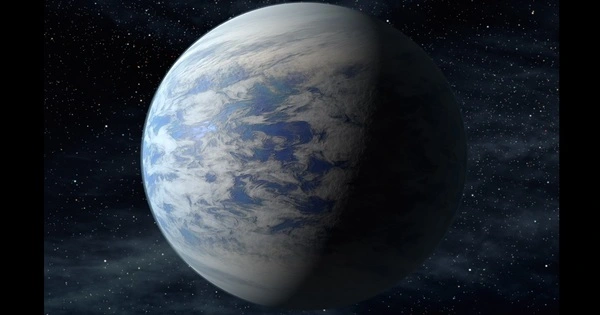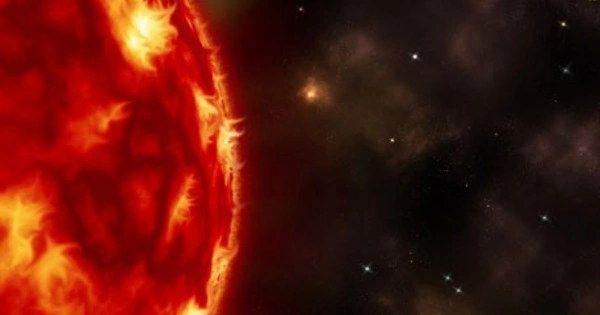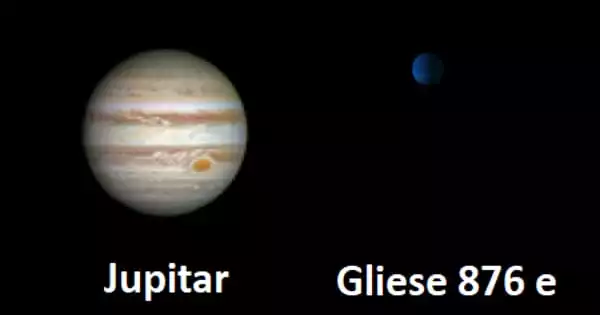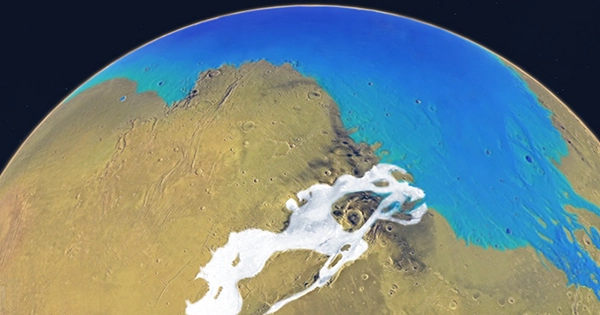Kepler-10c is an exoplanet that orbits the G-type star Kepler-10, which is 608 light-years away in Draco. Kepler reported its finding in May 2011, while it had been suspected of being a planetary candidate since January 2011, when Kepler-10b was identified. The sighting was validated using data from NASA’s Spitzer Space Telescope and a technique known as BLENDER, which eliminates most false positives. Kepler-10c was the third transiting planet to be statistically confirmed (based on probability rather than actual observation), following Kepler-9d and Kepler-11g. The Kepler team believes that the statistical procedure that led to the discovery of Kepler-10c will be required to confirm many planets in Kepler’s area of vision.
Kepler-10c orbits its host star every 45 days at a quarter of the typical distance between the Sun and Earth. Initial studies revealed that it has a radius more than double that of Earth and a higher density, implying a primarily stony composition with 5–20 percent ices by mass. Under comparison, the Earth’s oceans account for only 0.02 percent of our planet’s mass, with an additional amount perhaps several times that trapped in the mantle. However, further rigorous research utilizing both HARPS and HIRES data in 2017 found that Kepler-10c is not a huge terrestrial planet, but rather a typical volatile-rich planet of roughly seven Earth masses.
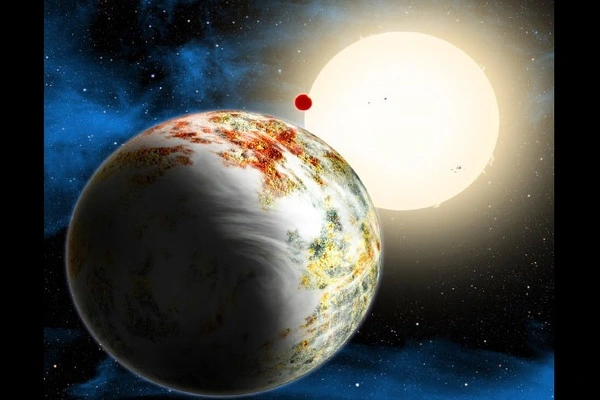
Host star
Kepler-10 is a G-type star located 187 parsecs (608 light-years) from Earth. It has a mass of 0.895 solar masses and a radius of 1.056 solar radii, making it somewhat less massive but almost the same size as the Sun.
Kepler-10 has a lower effective temperature than the Sun, at 5627 K. The star is also metal-poor and much older: its metallicity is measured at [Fe/H] = −0.15 (29 percent less iron than the Sun). Kepler-10 has a calculated age of 10.6 billion years.
Kepler-10 has an apparent magnitude of 11.2, which indicates it is invisible to the human eye from the perspective of an observer on Earth.
Characteristics
Kepler-10c is the outermost of Kepler-10’s two known planets, orbiting the star every 45.29485 days at a distance of 0.2407 AU. Kepler-10b, the inner planet, is a rocky planet that circles the Sun every 0.8 days at a distance of 0.01684 AU. The equilibrium temperature of Kepler-10c is expected to be 584 K, which is about four times hotter than Jupiter’s. The planet’s orbital inclination is 89.65o, or nearly edge-on with respect to Earth and Kepler-10. Transits have been detected where Kepler-10c has passed in front of its host star.
Kepler-10c was previously predicted to have a mass of 15–19 Earth masses. With a radius only 2.35 (2.31 to 2.44) times that of Earth (and thus a volume 12–15 times that of Earth), it was thought unlikely to contain significant amounts of hydrogen or helium gas, because an outgassed or accreted hydrogen-rich atmosphere would have been lost over the Kepler-10 system’s 10.6-billion-year lifetime.
Instead, it was thought that the composition was mostly rocky, with a water proportion of 5–20 percent by mass. The majority of this water was supposed to be in high-pressure “hot-ice” phases. However, in July 2017, a more careful study of HARPS-N and HIRES data revealed that Kepler-10c was substantially less massive than previously anticipated, with a mean density of 3.14 g/cm3 and a mass of 7.37 (6.18 to 8.69) MEarth. Instead of being mostly composed of rocks, the more precisely calculated mass of Kepler-10c predicts a world composed almost exclusively of volatiles, primarily water.
